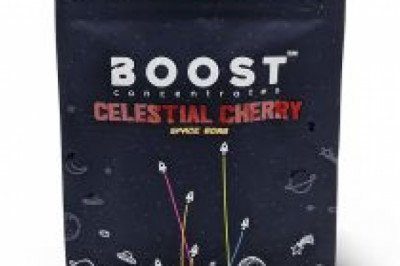views
Food Scientists
Did you know there is a lot of science kits for kids that goes behind the creation of all the food items we consume on a daily basis .. Whether it’s the knowledge of growing crops or the precise composition of flavors that give your crisps that extra kick , food science is an integral part of getting the most delicious food to your plate, ready to be devoured !
Let’s see 3 foodi-licious activities to get the food scientist in you hungry for exploration !
AN APPLE A DAY ..
In this activity we will learn about the most basic phenomenon we observe when it comes to dealing with cut apples .. Why do they start to brown on their exposed surface after just a few minutes of cutting them and is there a way to stop it ? Let’s have a look …
What you need :
A medium sized apple , knife , 5 bowls , water, salt , sugar, lemon juice , A4 sheet , marker and a spoon .
How to do it :
- Cut your apple into 5 slices and place one slice in each bowl .
- Cut your A4 into 5 pieces and place next to each bowl.
- Now to the first bowl add a spoon of salt making sure the salt is covering the white portion of the fruit . Write the name of the additive on the paper next to the bowl.
- Similarly add a spoon of sugar to the second bowl . Repeat writing additive for each bowl.
- Add the lemon juice and water to the third and fourth bowl respectively , again making sure the liquids completely coat the white part of the apple slices .
- The fifth bowl will have only the apple slice with no additives .
- Observe the bowls after 15 to 20 minutes .. what do you see ?
What happened there ?
The browning of apples happens due to the oxidation of enzymes present in the fruit . Oxidation- as the name suggests — is the reaction of any compound with oxygen. When we cut an apple the inner tissue of the fruit comes in contact with the atmospheric oxygen resulting in the oxidation of its chemical components.
In our above experiment the least browning will be observed in the water soaked apple as it is able to protect the apple from coming in contact with air most efficiently. The most browning will be seen in the bowl with no additive .To preserve your apple slices you can keep them soaked in lightly salted water and wash them clean before consumption !
MILK MISHAP
Why does milk go sour ? Can we make it happen spontaneously and is it always a bad thing if milk looses its identity and turns into its sour sister ..let’s find out !
What you need
A cup of milk, half cut lemon , vinegar ,2 tbsps curd, 3 bowls and a spoon
How to do it
- Take your cup of milk and distribute it equally into the 3 bowls
- To the first bowl add lemon juice by squeezing half a lemon in it and mix with a spoon
- To the second bowl add 2 tbsps of vinegar and mix well
- And to the third bowl add the 2 tbsps of curd
- Observe the bowls over the next 20 to 30 minutes. What change do you see?
What happened there ?
All three of our ingredients are acidic in nature compared to milk. On adding lemon juice, vinegar and curd we are lowering the pH of the milk and causing the protein of the milk to separate out .This process is called curdling and leaves us with lumps called curdles in each bowl. The curd added is also used as a starter to make yogurt at home !
CANDY CRUSH
We all love eating candies and enjoying their sweet and sour flavors jam packed in tiny
spheres .But have you ever wondered how a candy disintegrates in your mouth to change flavors and colours ? Well let’s perform this activity to find out !
What you need :
20 -30 ml oil , 20 -30 ml water , 6- 10 M&M candies or Gems and 2 small plates
How to do it :
- In the first plate we will arrange 5 ( or 3 candies if you have 6 in total ) candies in a circle and add 20 ml of oil to the plate .
- Pour the oil in such a manner that it is in contact with the candies and forms a layer on the plate .
- In the second plate we will arrange the other 5 candies and pour water into the plate taking care of the same .
- Now wait for 10 to 15 minutes and observe what happens in both the plates .
What happened there ?
The top layer of such candies are made out of mostly sugar . Water is a polar solvent and is able to dissolve the sugar however oil is non polar in nature & rich in the same carbons present in sugar .Thus it doesn’t break down the sugars. A similar process occurs in our mouths and bodies where our enzymes and digestive juices being acidic or neutral can break down the sugars dissolving the candy and all its colours !
We hope these 3 fun experiments gave you more than just a sugar rush and got you tinkering around in your kitchen looking for more foods to experiment with .












Comments
0 comment